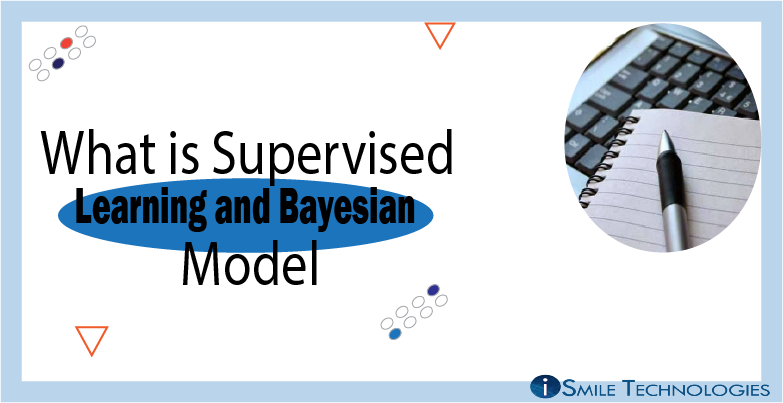In this blog, I will be discussing Supervised Learning and how it uses the Bayesian Model. Machine learning is one of the most, if not the most complex, a subset of the programming discipline. Thankfully, that has not deterred its exploration. One of the techniques used for this is known as Supervised Learning.
What is Supervised Learning?
Supervised learning is a subset of machine learning. It is a method used to train a machine-learning algorithm to sort better. How it works is it gives a bunch of input-output pairs. It feeds the learning algorithm the input to train it to find the right output most of the time. Allow me to create an example using machine learning already: the spam folder of someone’s Gmail.
Let’s say we work for google, and we are put in charge of improving the machine learning algorithm that puts emails into the spam folder more accurately. How we would go about that is to grab a bunch of real emails and pair it to the output “inbox” and grab a bunch of spam emails and pair it to the output “spam.” We would feed these inputs into the algorithm and let it determine where each email should go without answering after it makes a guess. Over time, it will learn through trial and error and make more accurate guesses. We do this until it catches spam at the desired rate.
What is the Bayesian Model?

The Bayesian model is a predictive formula that uses previous results to inform the future. Bayesian melds with Supervised Learning so to predict the probability of correct guesses. It requires a lot of detailed explanation to understand, so I can only give this brief summarization and how it relates to Supervised Learning. If you wish to know the details, you can use this link:
https://people.cs.umass.edu/~elm/Teaching/Docs/supervised.pdf








